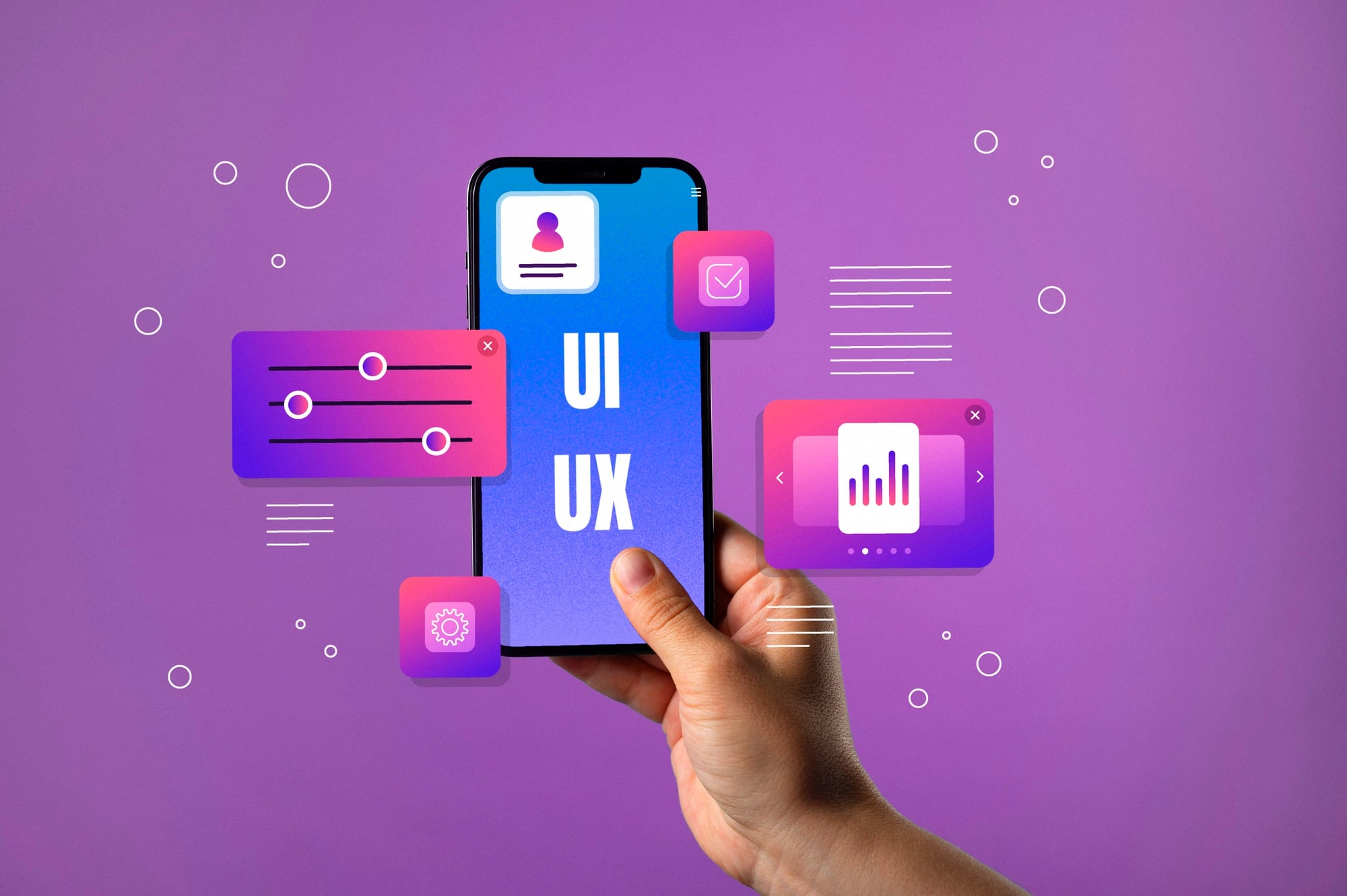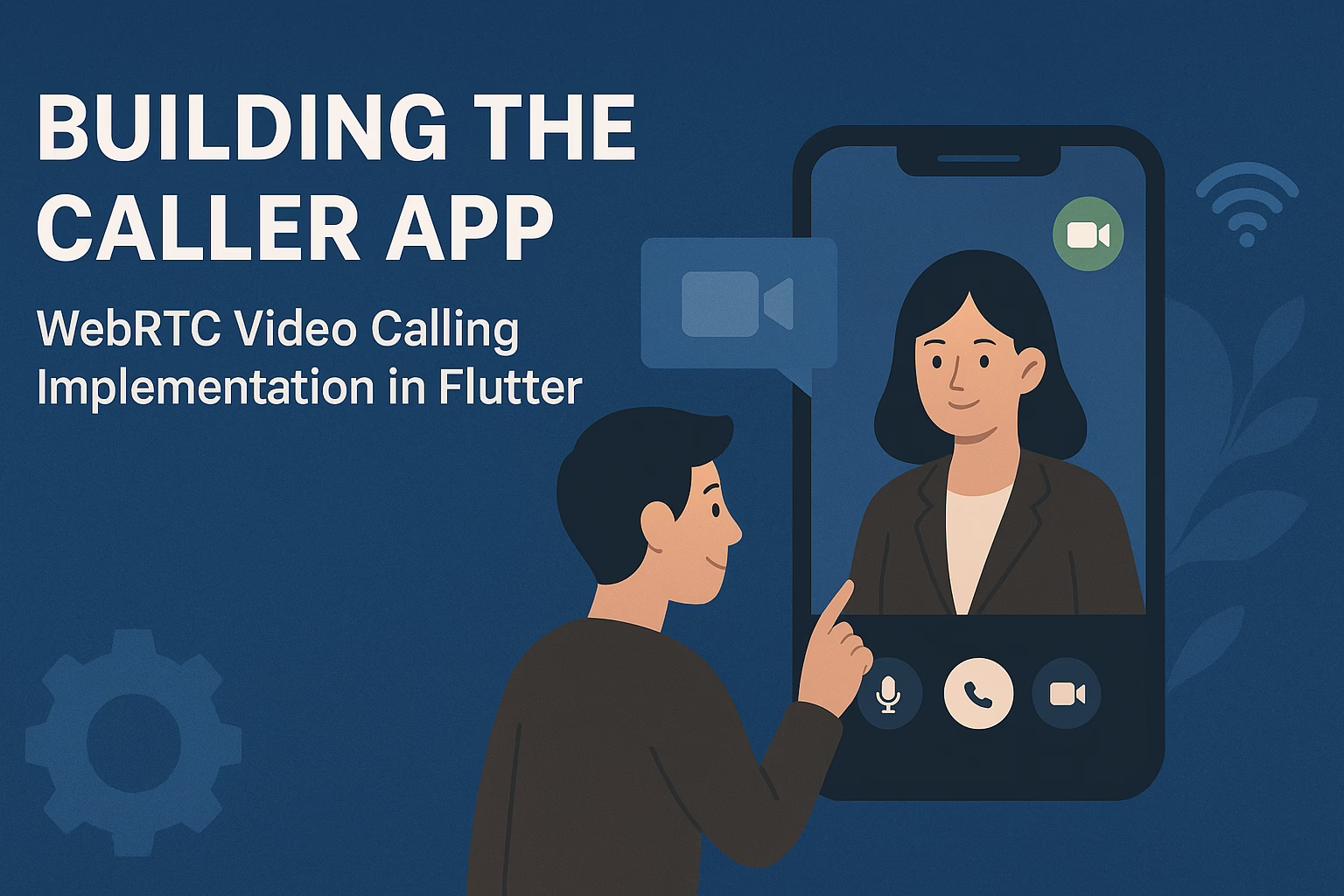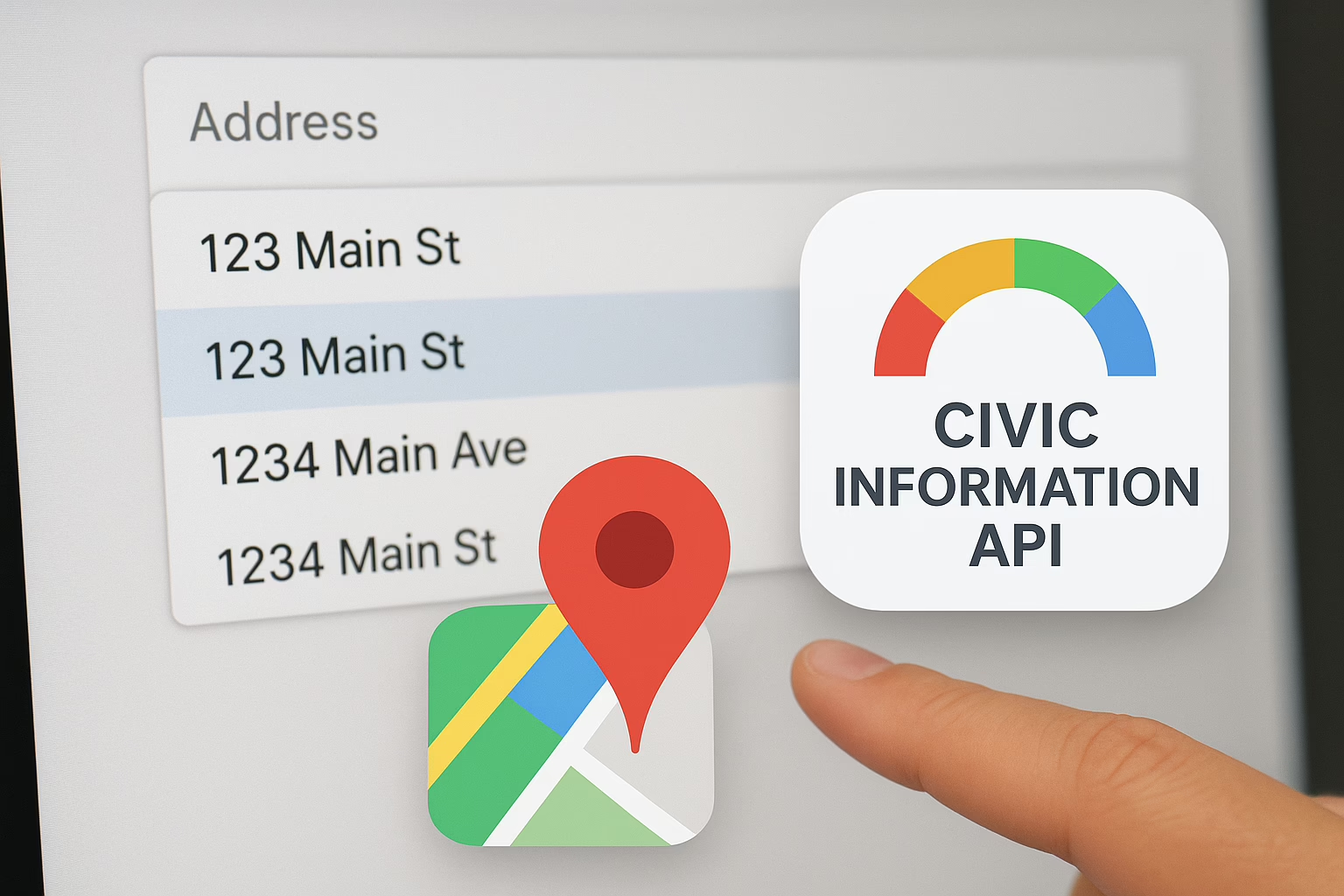As experts in modern web development, we understand the importance of enhancing user experience across a wide range of devices. Two essential approaches to achieve this are Responsive Web Design (RWD) and Mobile First Design. Both strategies ensure your website is accessible, functional, and visually appealing, no matter the device used.
What is Mobile First Design?
Mobile First Design is an approach where the design process starts with the mobile version of a website. The mobile user experience is given priority in this method, thus the website is optimized for smaller devices before being scaled up for larger screens, such as tablets and PCs.
Key Principles of Mobile First Design:
- Content Prioritization: Focus on the most critical content that mobile users need, presenting it clearly and concisely.
- Simplified Navigation: Make navigation more straightforward so that people can locate content quickly on smaller screens.
- Performance Optimization: Design with performance in mind, ensuring fast load times and efficient use of resources on mobile devices.
- Progressive Enhancement: As the screen size expands, add features and improvements to your initial basic, working mobile website.
Benefits of Mobile First Design:
- Enhanced User Experience: You can ensure a smooth and easy-to-use experience on the most widely used devices by giving priority to mobile consumers.
- Improved SEO: Google favors mobile-friendly sites, so starting with a mobile-first approach can boost your search engine rankings.
- Better Performance: Starting with a performance-focused approach guarantees quicker load times and a more responsive website in general.
- Easier Maintenance: Updating and maintaining a streamlined, simplified design is simpler.
What is Responsive Web Design?
Responsive Web Design (RWD) is a technique that allows a website to adapt to various screen sizes and devices. This approach adapts the design to the features of the device by using flexible grids, layouts, images, and CSS media queries.
Key Principles of Responsive Web Design:
- Fluid Grids: For a flexible grid layout that adjusts to various screen sizes, use relative units like percentages instead of fixed ones like pixels.
- Flexible Images: Make sure that images retain their aspect ratio and quality while scaling properly inside the items they include.
- Media Queries: Apply CSS rules to change the layout of the design according to particular parameters, such as screen size, resolution, and height.
Benefits of Responsive Web Design:
- Universal Compatibility: A single codebase serves multiple devices, from mobile phones to desktop monitors.
- Cost-Effective: Eliminates the need for separate designs and codebases for different devices, saving time and money.
- Improved User Experience: Offers a dependable and ideal experience on all platforms, increasing user satisfaction and involvement.
- Easier Maintenance: Updating and maintaining a single responsive website is simpler than maintaining several versions for various platforms.
Mobile First Vs. Responsive web Design
While both Mobile First Design and Responsive Web Design services aim to improve user experience across devices, they tackle the issue differently:
- Starting Point: Mobile First Design begins with the smallest screen and scales up, while Responsive Web Design typically starts with a desktop design and adapts it to smaller screens.
- Focus: Mobile First emphasizes the mobile user experience, ensuring that it’s optimal from the outset. Responsive Web Design focuses on creating a flexible design that works well on all devices.
- Development Process: Mobile First often involves a more streamlined development process, focusing on essential features and content for mobile users before enhancing for larger screens. Responsive Web Design involves creating a flexible layout that can adapt to any screen size.
Mobile First Design Best Practices:
- Minimalist Design: Remove unnecessary elements and give priority to content and functionality that are absolutely important.
- Touch-Friendly Navigation: Design for touch interactions with appropriately sized buttons and touch targets.
- Optimized Performance: To guarantee quick load times on mobile networks, make use of lightweight assets and optimize your code.
- User-Centered Design: Utilise user testing to obtain feedback while concentrating on the requirements and habits of mobile users.
By leveraging our expertise in these approaches, we can help create a website that offers an exceptional user experience across all devices through our Responsive Web Design services.








